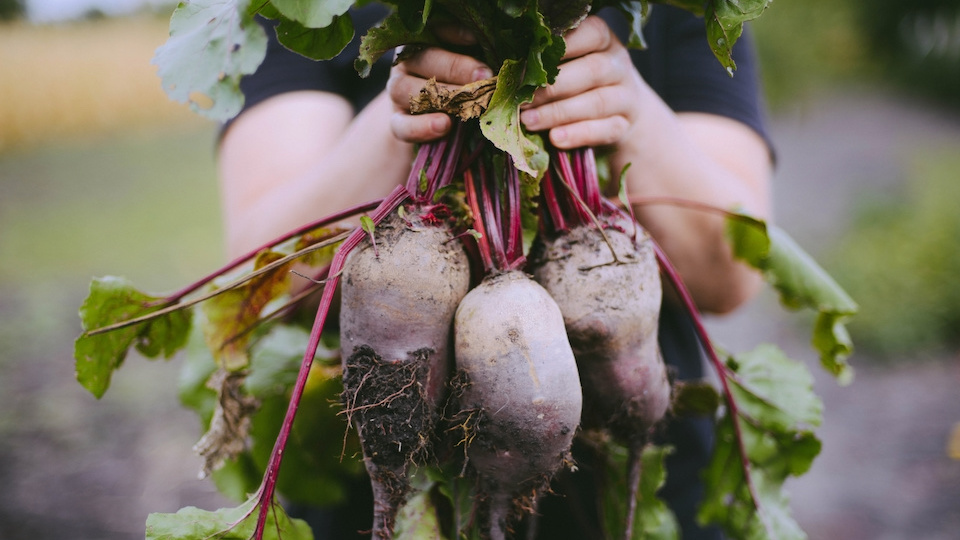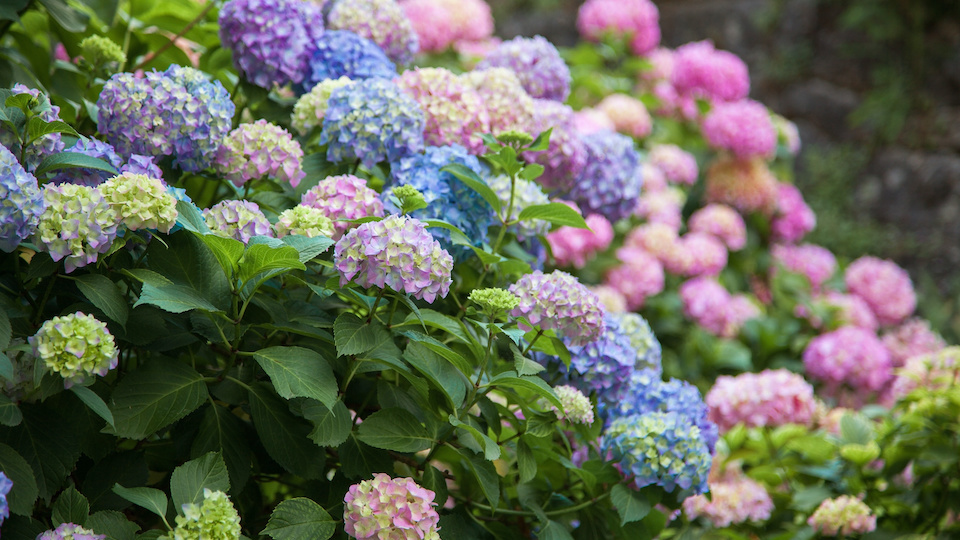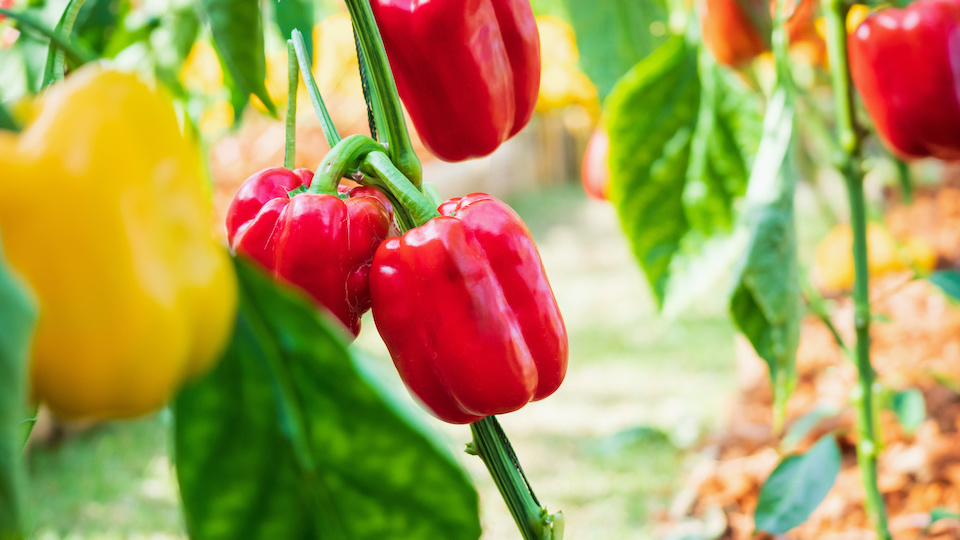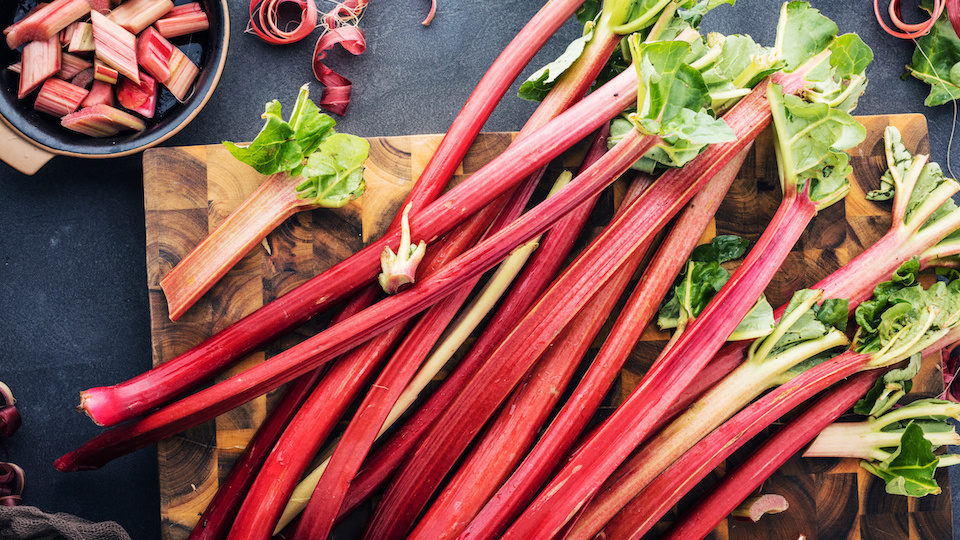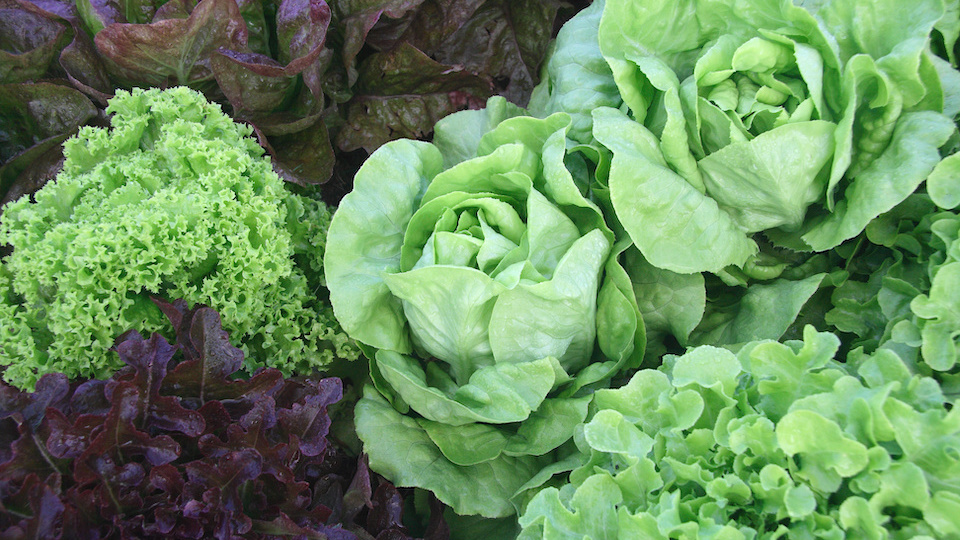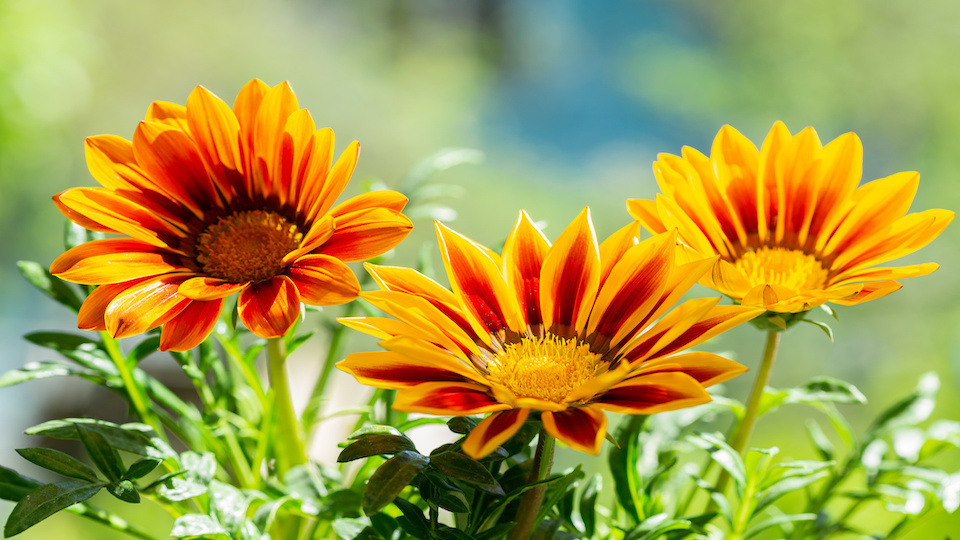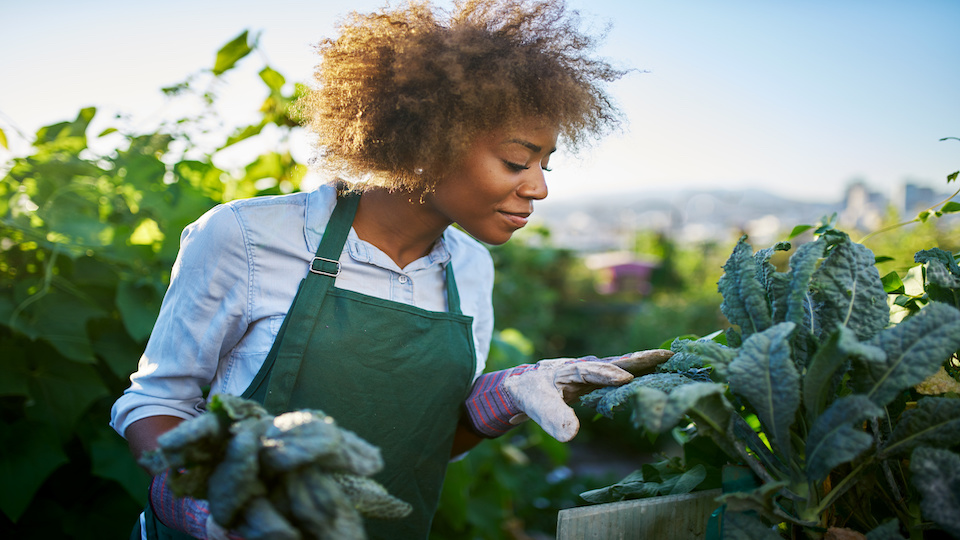Everything You Need to Know About Growing Big, Beautiful Beets
Some people hate them because they taste a bit too earthy, while others love them for the same reason. If you fall into the “love” camp, then growing your own beets make a whole lot of sense. Not only do homegrown beets taste leaps and bounds better than those purchased in the grocery store, but they are tons of fun to grow. Here are some tips for growing the biggest and best beets ever.
Beets can be cooked in a variety of ways and pack a nutritional punch. Though the bulbous parts of beets are most commonly served, the greens are delicious and contain even more iron than spinach. This annual plant must be sown every year, but it is incredibly easy to start from seed and one of the hardiest crops you can grow.


